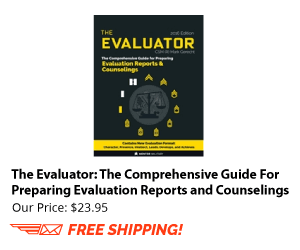Class/briefing that contains 35 Slides. topics include: Effects on materials, anti freeze, fuels, hydraulic fluids, lubricants, batteries, generators, winterization, vehicle operation, effects on weapons, effects on communications. NOTE: This document is in MS PowerPoint CLICK TO DOWNLOAD
Classess/Briefings
Combat Life Saver Prevent Shock Class/Briefing
A first aid class/briefing that teaches how to prevent shock. There are several causes of shock. On the battlefield, hypovolemic shock due to loss of blood from wounds or burns will be the primary type of shock present. If not …Read More
Combat Life Saver Apply a Dressing to an Open Abdominal Wound Class/Briefing
A first aid class/briefing that teaches how to apply a dressing to an open abdominal wound. An open abdominal wound can be caused by the muscular abdominal wall being penetrated by a bullet, by a stab from a knife, by …Read More
Combat Life Saver Apply a Dressing to an Open Chest Wound Class/Briefing
A first aid class/briefing that teaches how to apply a dressing to an open chest wound. If an object punctures the chest wall, permitting air to enter between the chest wall and the lung, the lung collapses. Any degree of …Read More
Combat Life Saver Put on Field Dressing Pressure Dressing Tourniquet Class/Briefing
A first aid class/briefing that teaches how to put on a field dressing, pressure dressing, and tourniquet. If a casualty is loosing blood from a wound, you must take measures to control the bleeding. A field dressing can be applied …Read More
Combat Life Saver Evaluate the Casualty Class/Briefing
A first aid class/briefing that teaches how to evaluate the casualty. As a combat lifesaver, you will evaluate and treat soldiers as your combat duties permit. This requires you to apply the buddy-aid skills presented in IS0824 and the medical …Read More
Combat Life Saver Transport a Casualty Using a Military Vehicle Class/Briefing
A first aid class/briefing that teaches how to transport a casualty using a military vehicle. When possible, military vehicles are used to evacuate casualties. The vehicle may be a helicopter modified to be an air ambulance or a ground vehicle …Read More
Combat Life Saver Administer Acetaminophen Class/Briefing
A first aid class/briefing that teaches how to administer acetaminophen and pseudoephedrine hydrochloride tablets. A soldier can have minor medical conditions such as minor aches and pains, common cold, headache, or sinus allergies which would normally be treated with medication …Read More
Combat Life Saver Identify and Treat Cold Injuries Class/Briefing
A first aid class/briefing that teaches how to identify and treat cold injuries. Cold injuries have always been a threat to military forces operating in cold climates. In addition to frostbite (which occurs in freezing weather), there are several cold …Read More
Combat Life Saver Insert Oropharyngeal Airway Unconscious Casualty Class/Briefing
A first aid class/briefing that teaches how to insert an oropharyngeal airway in an unconscious casualty. You have already been tested on your ability to open a casualty’s airway and administer mouth-to-mouth resuscitation. Part of the task requires you to …Read More
Combat Life Saver Apply a Sam Splint to a Fractured Limb Class/Briefing
A first aid class/briefing that teaches how to apply a SAM splint to a fractured limb. You have already completed a performance examination on splinting a fractured limb using an improvised splint. Your combat lifesaver aid bag contains a rolled …Read More
Combat Life Saver Measure and Monitor a Casualtys Respriations Class/Briefing
A first aid class/briefing that teaches how to measure/monitor a casualty’s respiration. When you evaluate a casualty, you may need to take his pulse. Taking the casualty’s pulse is an important step in identifying hypovolemic shock and in determining if …Read More











